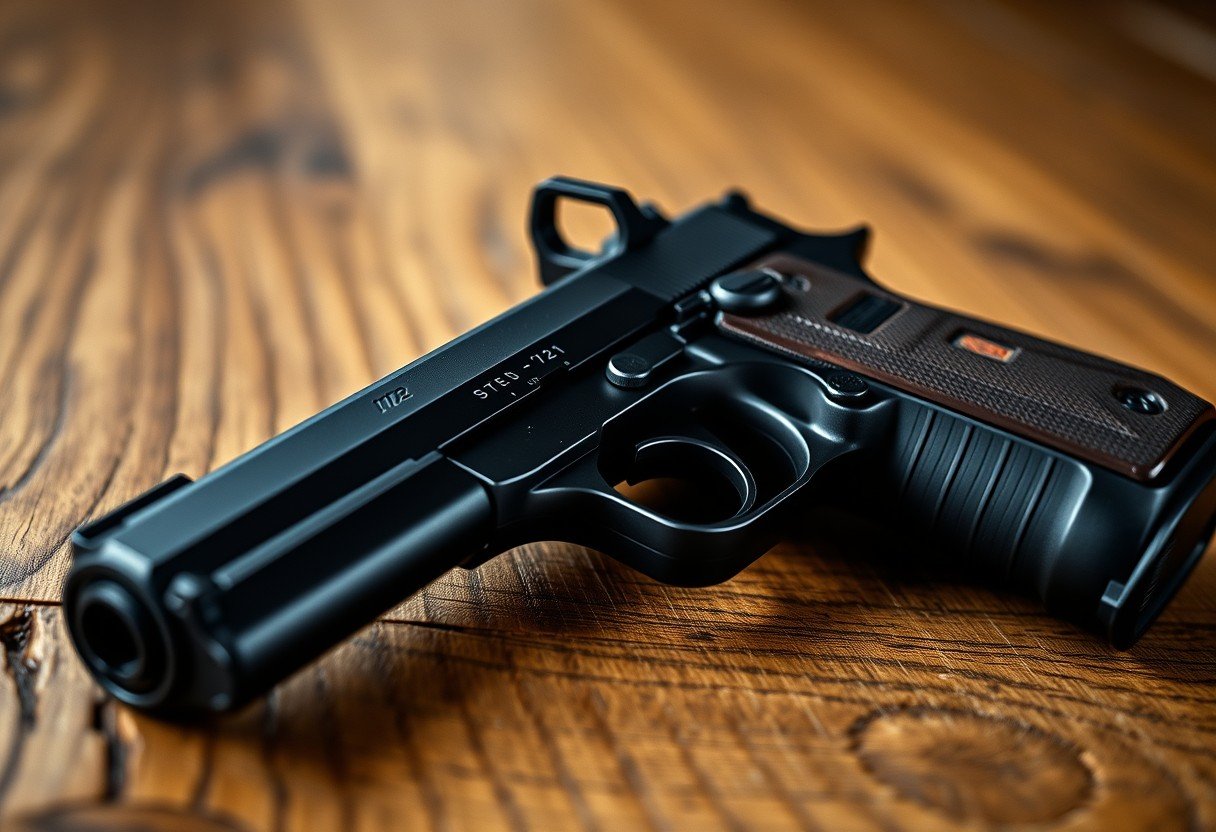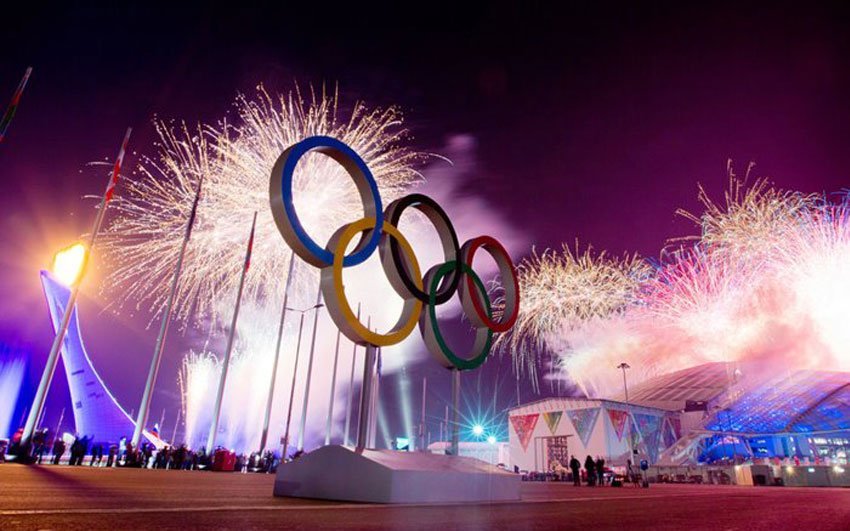Playing sports is a fantastic way to stay active, but injuries can sometimes happen. While you can’t prevent every accident, understanding the most common sports injuries is the first step toward quick recovery and better prevention. Knowing how to identify and treat injuries like sprains, strains, and pulls can help you get back in the game safely and confidently. This guide explains what you need to know about the most frequent injuries athletes face.
Understanding Sprains and When Joints are Stressed
A sprain happens when you stretch or tear a ligament, which is the tough tissue connecting bones at a joint. This injury is extremely common in sports that involve quick pivots or changes in direction.
Ankle and wrist sprains are the most frequent types. For example, a basketball player might land awkwardly after a jump, causing their ankle to twist. The symptoms of a sprain can range from mild pain to severe swelling, inflammation, and inability to use the joint.
For a minor sprain, treatment is often simple. Rest, ice, and keeping the joint elevated are key first steps. However, for a more severe injury, you might experience significant tearing and swelling. In these cases, recovery takes longer.
To treat a sprained joint, many experts recommend the R.I.C.E. method:
- Rest: Avoid putting weight or strain on the injured area for at least 24 to 48 hours.
- Ice: Apply an ice pack for 15-20 minutes every two to three hours during the first couple of days.
- Compression: Use an elastic bandage to wrap the joint to help reduce swelling.
- Elevation: Keep the injured limb raised above the level of your heart as much as possible.
After the initial phase, you can slowly begin to practice movements to regain function. Sometimes, wearing a brace or using flexor tapes can provide extra support to the damaged area as it heals.
What are Strains and How do They Happen?
While a sprain affects a ligament, a strain is an injury to a muscle or a tendon, which connects muscle to bone. Strains occur when a muscle is overstretched or torn due to fatigue, overuse, or improper use.
A hamstring strain is a perfect example and is often seen in sports that require sudden bursts of speed, like soccer or sprinting. When an athlete pushes off explosively, the hamstring muscles in the back of the thigh can get overloaded and tear.
This results in a sharp, sudden pain, making it difficult to walk or even stand. You might also experience swelling or bruising in the affected area.
Treating a muscle strain requires more than just a day of rest. While icing the area can help with initial pain and swelling, a full recovery often involves physical therapy to rebuild strength and flexibility in the muscle. It is very important to consult a doctor to get a proper diagnosis and treatment plan for any significant muscle strain.
Pulls and the Pain of Overstretching a Muscle
Pulls are very similar to strains, but they often refer to a situation where a muscle is forcefully stretched beyond its normal limits. This can happen from a sudden, awkward movement where your body is twisted into an unnatural position.
A common example is a groin pull. This can happen in sports where you make a quick side-to-side movement, and poor footing or technique causes you to overextend the muscles in your inner thigh. The pain is sharp and can make it nearly impossible to move.
Improving your flexibility through regular stretching, always warming up properly before activity, and focusing on correct technique are the best ways to avoid muscle pulls.
| Injury Type | Affected Body Part | Common Cause |
|---|---|---|
| Sprain | Ligaments (at a joint) | Twisting or rolling a joint |
| Strain | Muscles or Tendons | Overstretching or tearing |
| Pull | Muscles | Sudden, forceful movement |
Concussions are a Serious Head Injury to Watch Out for
Unlike the other injuries on this list, a concussion is a traumatic brain injury caused by a sudden blow to the head. This impact shakes the brain inside the skull, which can disrupt normal brain function.
Concussions are most common in high-contact sports like American football, hockey, and rugby, but they can happen in any sport where there is a risk of collision or falling.
The symptoms of a concussion can include headache, confusion, dizziness, and memory problems. A concussion is the most dangerous common sports injury and should be treated as a medical emergency.
If you suspect you or someone else has a concussion, stop playing immediately and seek medical attention. A doctor can provide a proper diagnosis and a plan for a safe recovery, which always includes significant rest.
Dealing with Bone Breaks in Sports
A break, or fracture, is when a bone cracks or breaks completely due to extreme force or trauma. This can happen from a direct hit, a hard fall, or severe twisting pressure.
Common breaks in sports include the shin, forearm, and bones around the knee or elbow. When a bone breaks, the activity must stop immediately. It’s a serious injury that requires professional medical care.
Recovery from a broken bone can take anywhere from a few weeks to several months, depending on the severity and location of the break. Treatment typically involves a cast or splint to hold the bone in place while it heals. After the bone has mended, you will likely need physical therapy to restore strength and movement to the area before you can return to sports.
Simple Steps for Preventing Common Sports Injuries
While you can’t eliminate the risk of injury entirely, you can take steps to reduce your chances of getting hurt. Prevention is always better than treatment.
The best defense is a strong, well-conditioned body. Regular practice and strength training help make your muscles, bones, and ligaments more resistant to injury. Additionally, always focus on using the correct technique for your sport, as poor form is a leading cause of strains and pulls.
Preparation is half the battle when it comes to injury prevention. Make sure to warm up properly before every game or practice and cool down afterward. Using protective gear like braces, pads, and helmets can also provide an essential layer of safety.
Frequently Asked Questions about Sports Injuries
What is the fastest way to heal a sprain?
The fastest way to start the healing process for a sprain is by following the R.I.C.E. method (Rest, Ice, Compression, Elevation) immediately after the injury. This helps reduce swelling and pain, allowing the ligament to begin repairing itself. Full recovery time depends on the severity of the sprain.
Should I use heat or ice on a sports injury?
For the first 48 to 72 hours after an acute injury like a sprain or strain, you should use ice to reduce inflammation and numb the pain. Heat is generally better for chronic muscle soreness or stiffness, as it helps increase blood flow, but it should be avoided on a new injury as it can increase swelling.
When should I see a doctor for a sports injury?
You should see a doctor if you experience severe pain, swelling, or numbness, or if you cannot put any weight on the injured limb. It’s also important to seek medical attention if the pain doesn’t improve after a few days of at-home care or if you suspect a concussion or a broken bone.
Can I prevent all sports injuries?
Unfortunately, it is not possible to prevent all sports injuries, as accidents can always happen. However, you can significantly lower your risk by properly warming up, using the correct technique, wearing protective gear, and listening to your body when it feels tired or sore.
How do I know if I broke a bone or just sprained it?
It can sometimes be difficult to tell the difference without a medical diagnosis. Key signs of a break include a popping or snapping sound at the time of injury, a visible deformity in the bone, or an inability to bear any weight. An X-ray is the only way to be certain.








Leave a Comment